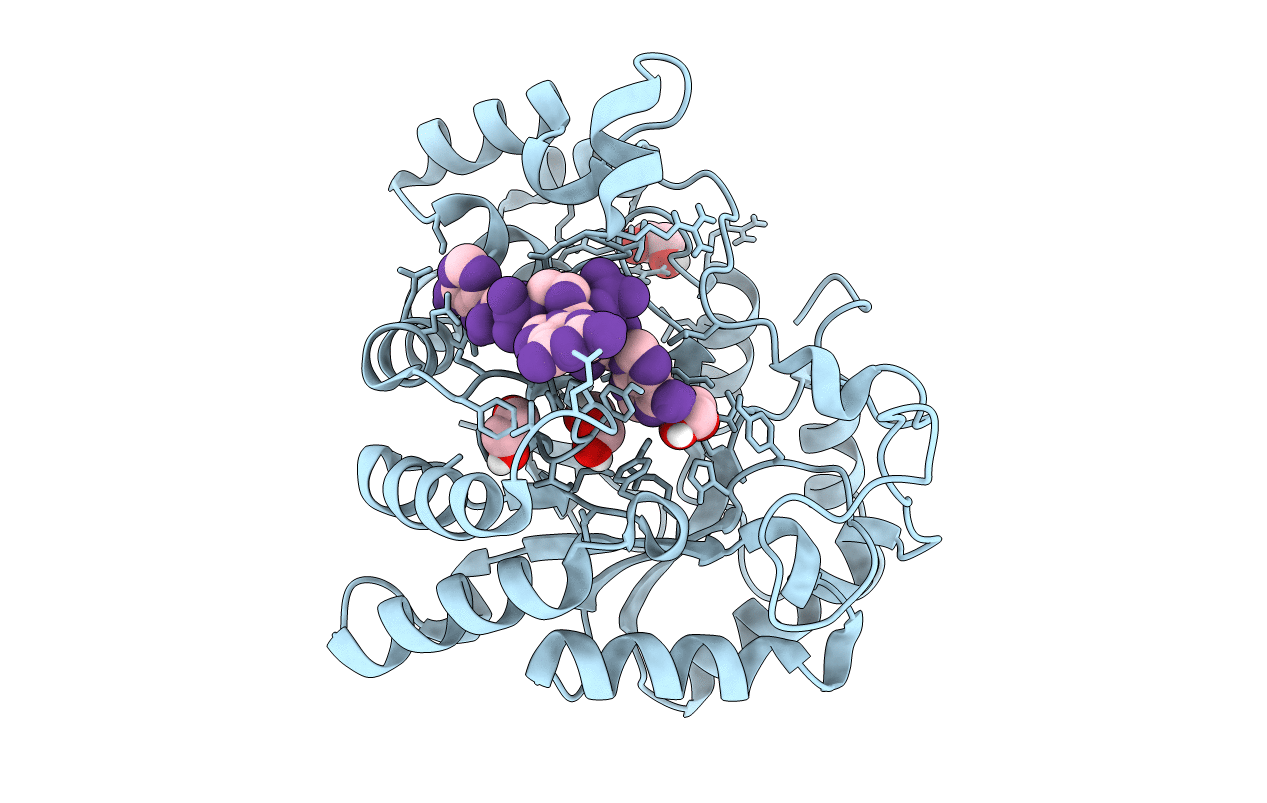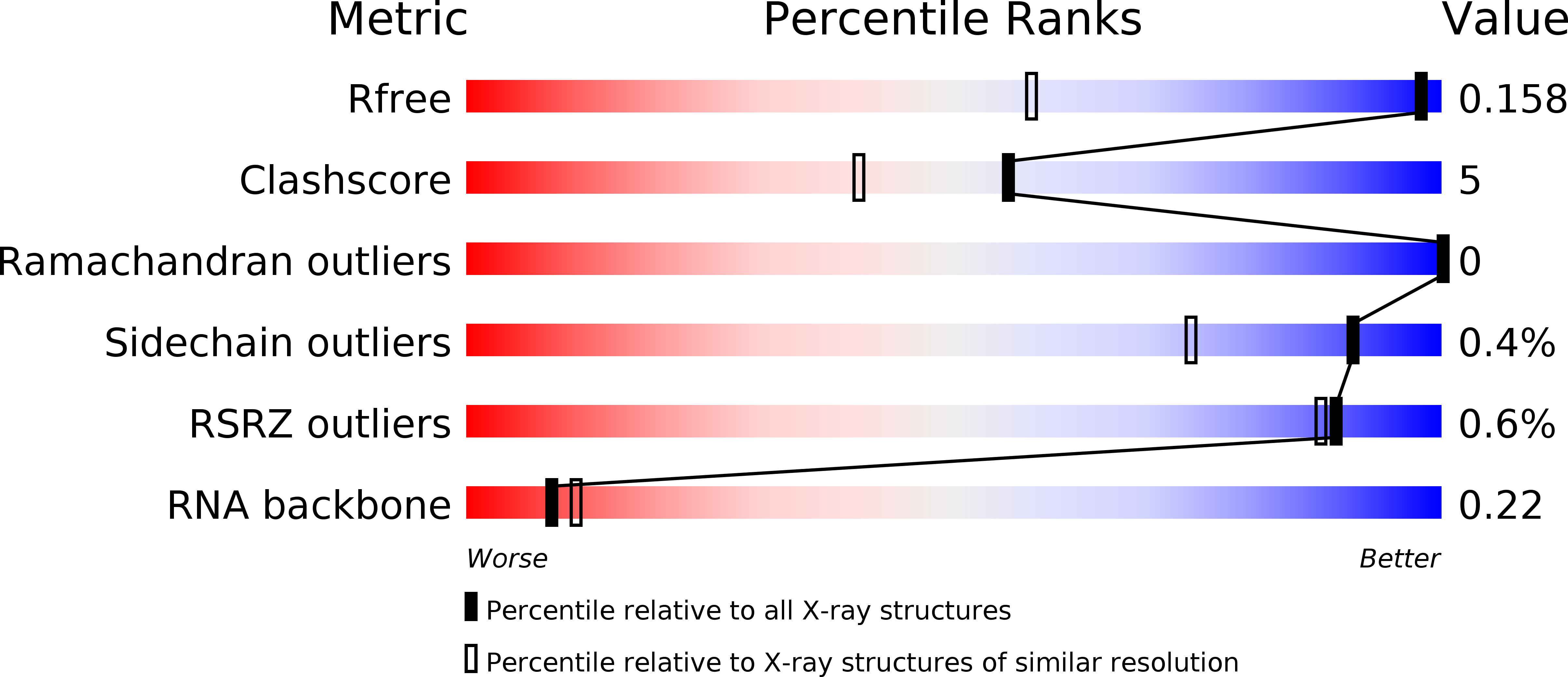
Deposition Date
2018-08-20
Release Date
2019-02-20
Last Version Date
2023-10-11
Entry Detail
PDB ID:
6M7K
Keywords:
Title:
Structure of mouse RECON (AKR1C13) in complex with cyclic AMP-AMP-GMP (cAAG)
Biological Source:
Source Organism:
Mus musculus (Taxon ID: 10090)
synthetic construct (Taxon ID: 32630)
synthetic construct (Taxon ID: 32630)
Host Organism:
Method Details:
Experimental Method:
Resolution:
1.10 Å
R-Value Free:
0.15
R-Value Work:
0.14
R-Value Observed:
0.14
Space Group:
P 21 21 21


